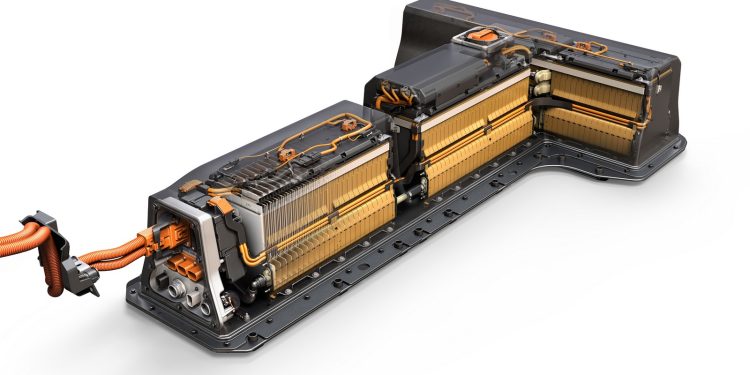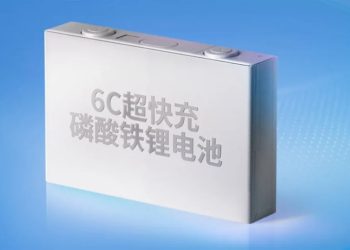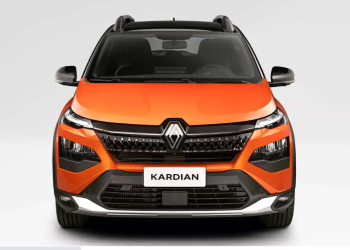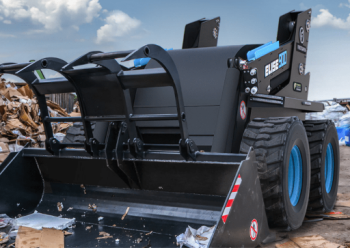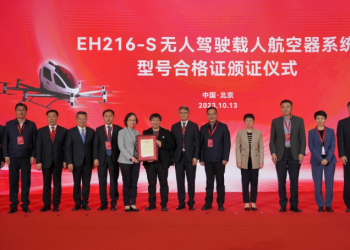From the University of Texas, United States, a newdiscoveryhas emerged that makes interesting contributions to the scourge that affects the massification of electric mobility, such as vehicle recharging times.
Researchers at the university have been carrying out tests on the key components of lithium batteries, with the aim of modifying the horizontal architecture of the electrodes and transforming it into a vertical one.
To achieve this goal, they came up with a new design that can enable electric vehicles to increase their charging speed and double their range.
According to information published by the “Hybrids and Electrics” portal, the breakthrough focuses on a new thickened electrode composed of vertically stacked layers that facilitates the transport of lithium ions.
Read also:NASA Technology Could Charge an Electric Car in Just Five Minutes
Focus and Difficulties
The traditional approach in this cell component involves the use of stacked layers of very thin, two-dimensional materials that form the electrode. However, this geometry has its limits.
The use of thicker electrodes means greater energy storage potential as it offers a larger surface area to cover with lithium ions. But horizontally aligned layers force the ions to move back and forth as they exit and enter the electrodes, leading to slower charging times.
In the study that was published in the journal Proceedings of the National Academy of Sciences, its author, Guihua Yu explained that two-dimensional materials are commonly believed to be promising candidates for high-speed energy storage applications because they only need to be several nanometers thick for fast charge transport, but for high-energy batteries based on thick electrode design, re-stacking nanolayers as building blocks can cause significant charge transport bottlenecks.
“Our electrode shows superior electrochemical performance in part due to high mechanical strength, high electrical conductivity and ease of lithium ion transport, thanks to the unique architecture we designed,” says Zhengyu Ju, another author of the research.
The team used a second battery with horizontally stacked electrode layers as a control system. The vertically stacked electrode could be recharged to 50 % of its capacity in 30 minutes, while the horizontally stacked electrode took 2 hours and 30 minutes to charge to the same level.
The scientists claim that this thick, dense electrode is among those offering the best capacity figures “reported in the literature.” According to their findings, they could lead to electric vehicles with twice the range compared to commercially available battery electrodes.



